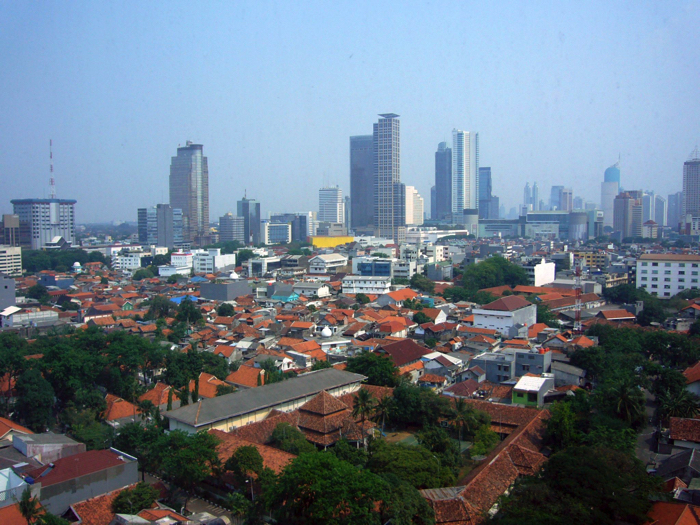- Project Leader : Hayashi Kengo(Research Institute for Humanity and Nature, Research Department)
- Collaborators : Muramatsu Shin (Research Institute for Humanity and Nature, Research Department)
- : Mimura Yutaka (Research Institute for Humanity and Nature, Research Department)
- : Mizuno Kousuke (Kyoto University, Center for Southeast Asian Studies)
Outline of Research
In this study, we aim to clarify the spatial structure of the built environment in Jabodetabek, Indonesia. Firstly, we will collect land use data at the greater metropolitan area level and define spatial distribution by function, such as residential zone, commercial zone, etc. Secondly, for residential areas, we will classify them into several types, based on physical characteristics, and generate a spatial distribution for each of them. We will also examine the processes of urbanization for each consecutive residential type. By doing this, we will consider the course of future urbanization.
Description
In this study, using the subject of the Jakarta greater metropolitan area (Jabodetabek), a mega-city with the greatest population concentration in Southeast Asia, we aim to clarify the spatial structure of the built environment such as infrastructure, residences and commercial facilities. In particular, we will analyze how the population, which has rapidly increased since independence until now, became established in the city through focusing on the environmental changes to their residences.
Specifically, 1) We will carry out collection and generation of land use data at the Jakarta greater metropolitan area level, and define the spatial distribution of the building environments separately by function, such as residence, commercial facility, factory, etc. 2) For residential areas, we will classify them into several types of residential areas, based on physical characteristics, and generate spatial distributions for each. 3) We will examine the processes and lifestyles of urbanization for each residential type one by one, and attempt to understand the process by which residential areas were formed following independence.
There are several megacities in Southeast Asia with populations exceeding 10,000,000, and their populations are expected to further increase in the next few decades. No matter the city, the accumulation of man-made objects is striking, and the development of emergent residential districts that target the middle and upper class is in the process of changing traditional residential environments on a grand scale. However, from the point of view of sustainable cities, a design for the city that makes the best use of the environment and already established culture is essential. Accordingly, in addition to the classification of existing land use, by analyzing the residential areas of an intricately changing city at a greater resolution than previously, not only can we guess the course of future urbanization, but also contribute to showing those advantages that are found in local built environments and culture, aiming towards creation of a sustainable city.


